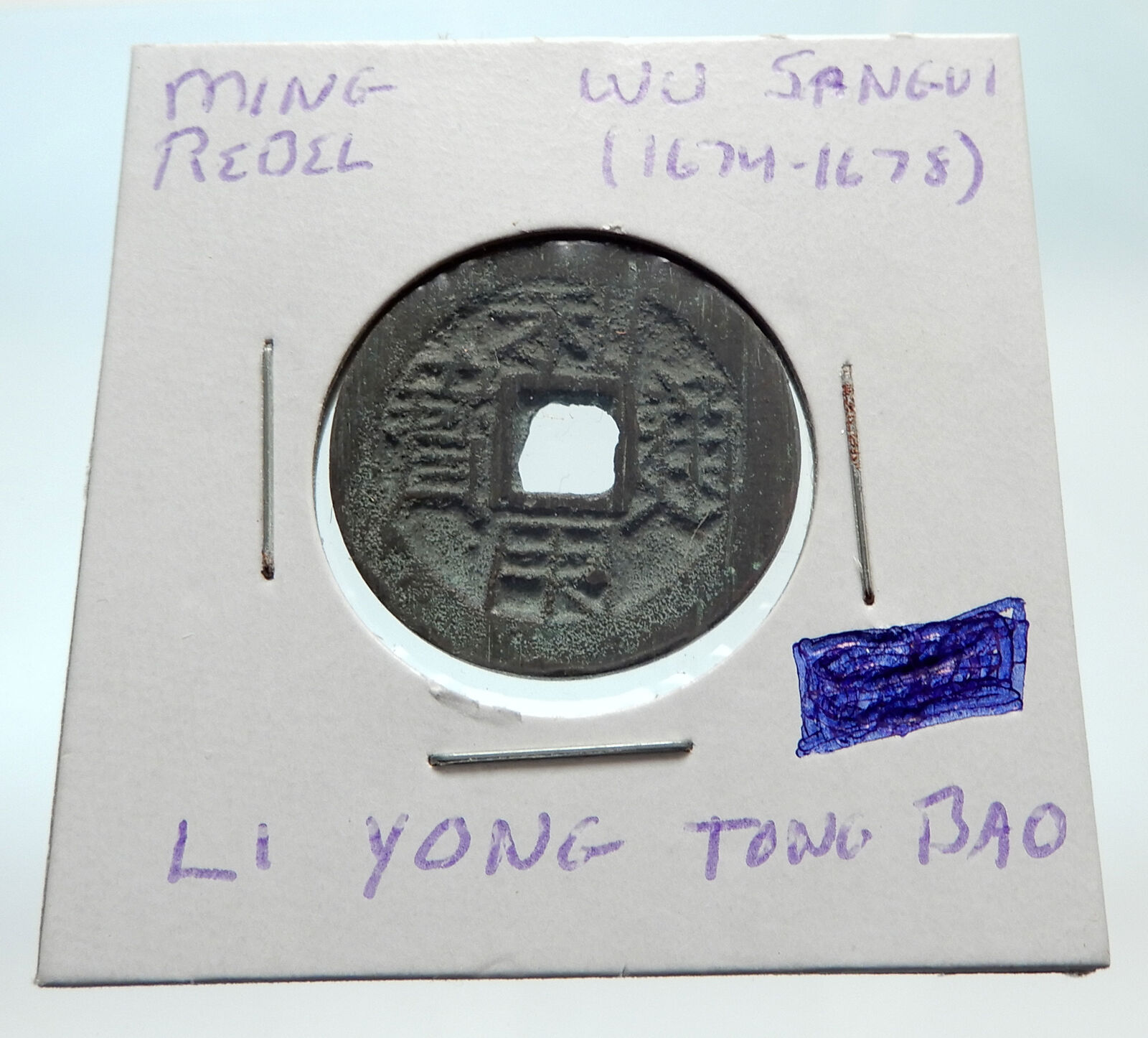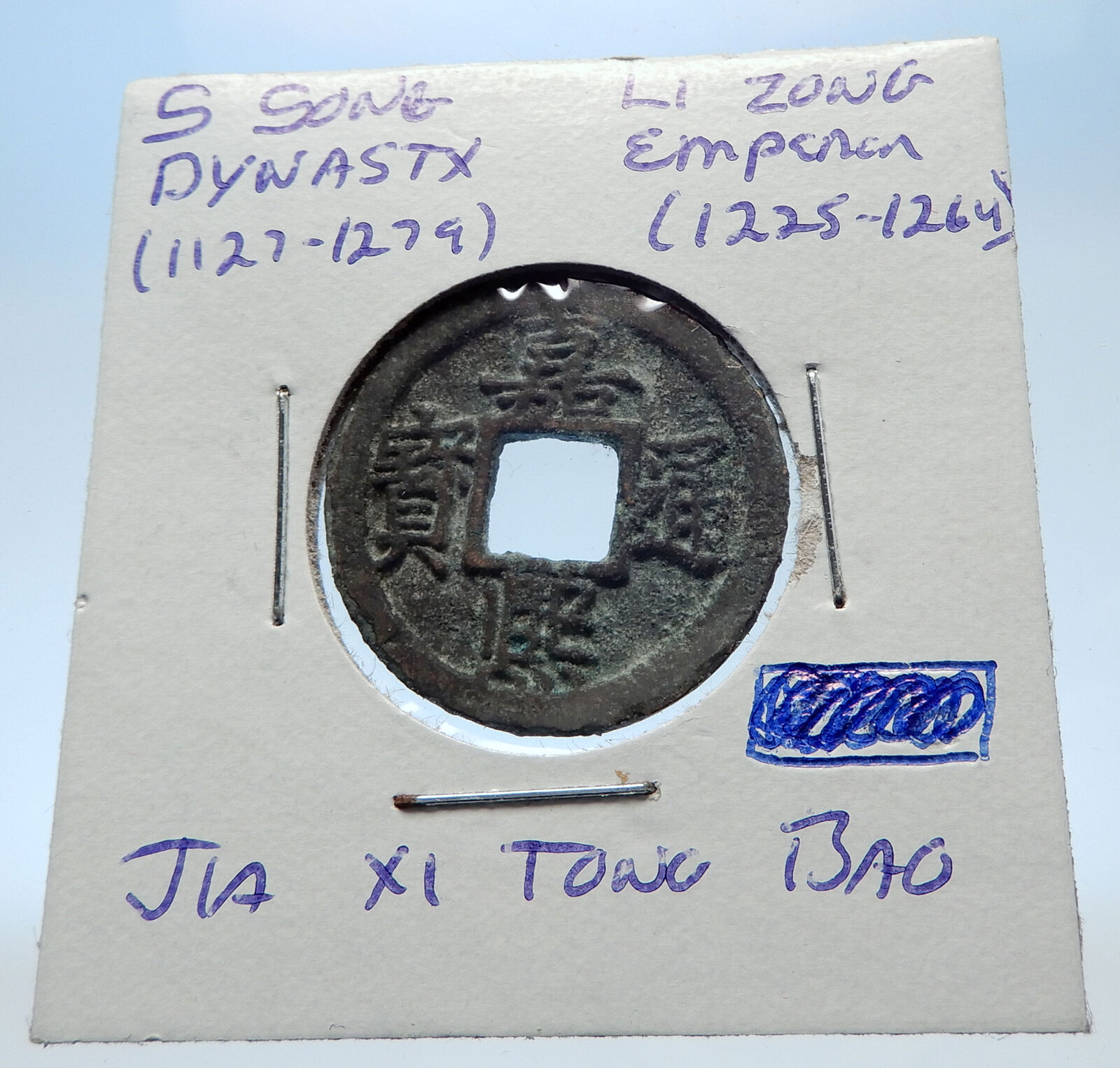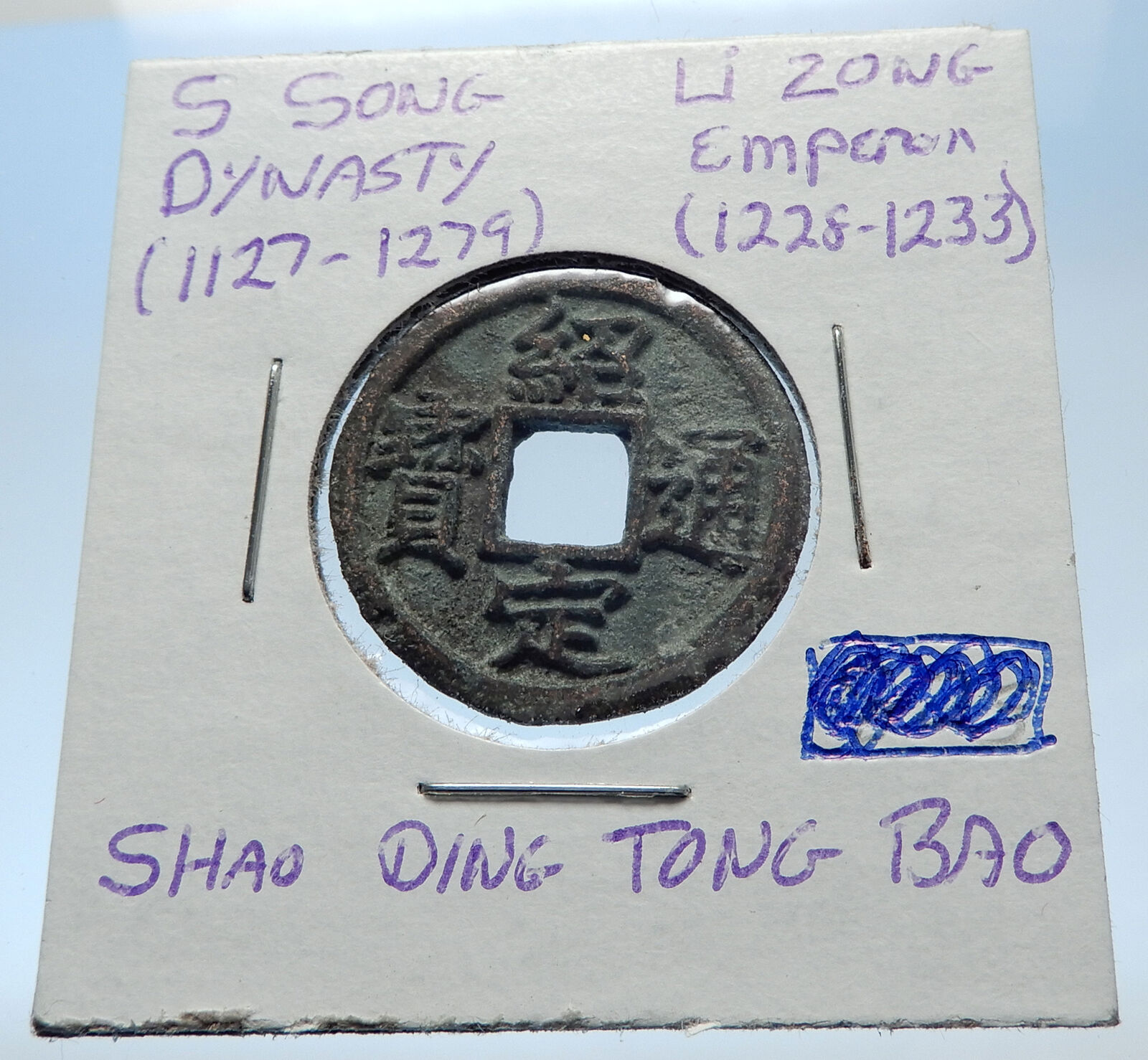|
China –
Warring States (350-300 BC)
Bronze Ban Liang
Cash
Token 30mm, Struck 350-300 BC
Reference: H# 7.3B
Chinese Symbols.
Small characters.
You are bidding on the exact item pictured, provided with a Certificate of Authenticity and Lifetime Guarantee of Authenticity.
 The Warring States period (simplified Chinese: 战国时代; traditional Chinese: 戰國時代; pinyin: Zhànguó Shídài) was an era in ancient Chinese history characterized by warfare, as well as bureaucratic and military reforms and consolidation. It followed the Spring and Autumn period and concluded with the Qin wars of conquest that saw the annexation of all other contender states, which ultimately led to the Qin state’s victory in 221 BC as the first unified Chinese empire, known as the Qin dynasty. The Warring States period (simplified Chinese: 战国时代; traditional Chinese: 戰國時代; pinyin: Zhànguó Shídài) was an era in ancient Chinese history characterized by warfare, as well as bureaucratic and military reforms and consolidation. It followed the Spring and Autumn period and concluded with the Qin wars of conquest that saw the annexation of all other contender states, which ultimately led to the Qin state’s victory in 221 BC as the first unified Chinese empire, known as the Qin dynasty.
Although different scholars point toward different dates ranging from 481 BC to 403 BC as the true beginning of the Warring States, Sima Qian’s choice of 475 BC is the most often cited. The Warring States era also overlaps with the second half of the Eastern Zhou dynasty, though the Chinese sovereign, known as the king of Zhou, ruled merely as a figurehead and served as a backdrop against the machinations of the warring states.
The “Warring States Period” derives its name from the Record of the Warring States, a work compiled early in the Han dynasty.
Cash was a type of coin of China and East Asia, used from the 4th century BC until the 20th century AD. Originally cast during the Warring States period, these coins continued to be used for the entirety of Imperial China as well as under Mongol, and Manchu rule. The last Chinese cash coins were cast in the first year of the Republic of China. Generally most cash coins were made from copper or bronze alloys, with iron, lead, and zinc coins occasionally used less often throughout Chinese history. Rare silver and gold cash coins were also produced. During most of their production, cash coins were cast but, during the late Qing dynasty, machine-struck cash coins began to be made. As the cash coins produced over Chinese history were similar, thousand year old cash coins produced during the Northern Song dynasty continued to circulate as valid currency well into the early twentieth century.
In the modern era, these coins are considered to be Chinese “good luck coins”; they are hung on strings and round the necks of children, or over the beds of sick people. They hold a place in various superstitions, as well as Traditional Chinese medicine, and Feng shui. Currencies based on the Chinese cash coins include the Japanese mon, Korean mun, Ryukyuan mon, and Vietnamese văn.
|





 The Warring States period (simplified Chinese: 战国时代; traditional Chinese: 戰國時代; pinyin: Zhànguó Shídài) was an era in ancient Chinese history characterized by warfare, as well as bureaucratic and military reforms and consolidation. It followed the Spring and Autumn period and concluded with the Qin wars of conquest that saw the annexation of all other contender states, which ultimately led to the Qin state’s victory in 221 BC as the first unified Chinese empire, known as the Qin dynasty.
The Warring States period (simplified Chinese: 战国时代; traditional Chinese: 戰國時代; pinyin: Zhànguó Shídài) was an era in ancient Chinese history characterized by warfare, as well as bureaucratic and military reforms and consolidation. It followed the Spring and Autumn period and concluded with the Qin wars of conquest that saw the annexation of all other contender states, which ultimately led to the Qin state’s victory in 221 BC as the first unified Chinese empire, known as the Qin dynasty.




